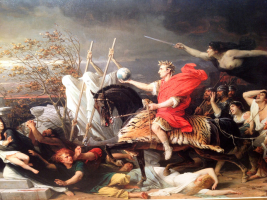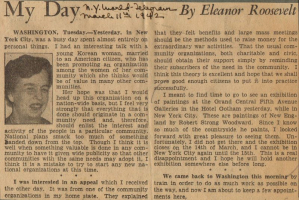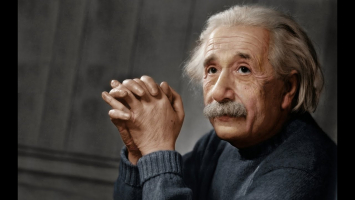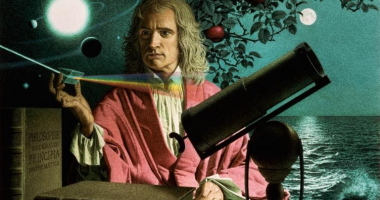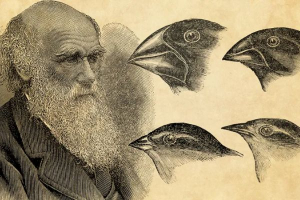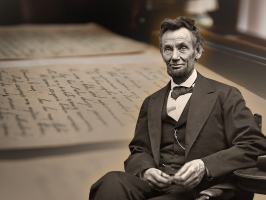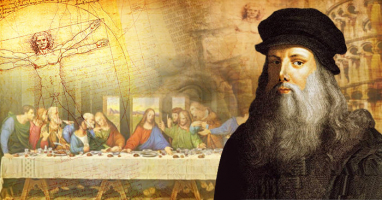Top 9 Major Accomplishments of Stephen Hawking
Stephen Hawking is a theoretical physicist, cosmologist, and novelist who was born on January 8, 1942, in Oxford, England. His research on black holes and the ... read more...success of his book A Brief History of Time have made him most well-known. Hawking, who is regarded as one of the greatest scientists in British history, has won numerous honors, including the Presidential Medal of Freedom, the Copley Medal of the Royal Society, and the Gold Medal of the RAS. Learn about the major accomplishments of Stephen Hawking to discover his contribution to science and the distinctions he has gotten.
-
As the name suggests, one of the major accomplishments of Stephen Hawking is the Hawking Radiation. Even after all these years, researchers are still researching this idea because it surfaced very early in his career.
The video above does a passable job of attempting to explain Hawking Radiation, although the high-level overview is simple to understand. Understanding the ins and outs of Hawking Radiation requires some actual understanding in physics. Hawking Radiation describes how black holes can truly bleed energy to the point of disappearing rather than being simply understood as gravitational gluttons that can only ever expand in mass.
Hawking's work on the subject was a significant accomplishment, yet he isn't the only researcher credited with advancing our understanding of black hole radiation. Given the quantum structure of particles, Stephen Hawking demonstrated that the black hole cannot be considered to contain everything. They release particles and radiation. It's possible that this emission will continue until the black hole disappears. Before, scientists thought that nothing could ever escape a black hole. Stephan Hawking demonstrated in 1974 that black holes emit radiation, which may persist until they run out of energy and disappear. Although Stephen's prediction of the so-called Hawking radiation initially sparked debate, the subsequent study was regarded as a significant advance in theoretical physics.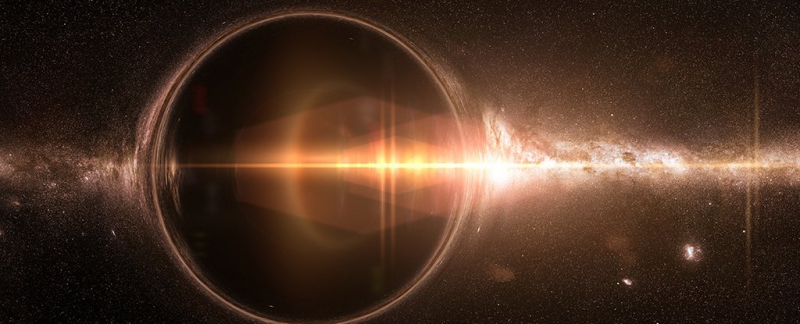
Photo: www.sciencealert.com Video: PBS Space Time -
Climate change is one of the greatest threats to human welfare, and Hawking was a fervent supporter of radical reforms in an industrial civilization to halt the rising trend. He did, after all, issue harsh warnings about the perils of AI and the necessity of leaving Earth. His support for our planet has the most weight given that the first signs of climate change are already here, even though his comments caused many headlines.
Over ten years ago, he warned world leaders about the dangers of unrestrained emissions; since then, there have been many advances, but there have also been losses. We still have faith that sane minds will prevail in due course, and we'll honor Hawking's memory by redoubling our efforts even though the present administration is systematically undermining environmental regulations.
According to Hawking, overpopulation and energy consumption will convert Earth into a massive ball of fire by the year 2600, rendering it uninhabitable. In a BBC program last year, he declared, "Our own planet is increasingly precarious due to climate change, overdue asteroid hits, plagues, and population expansion." In order to survive, people will have to move to another planet. According to Hawking, if humans don't colonize another planet within the next 100 years, they will go extinct.
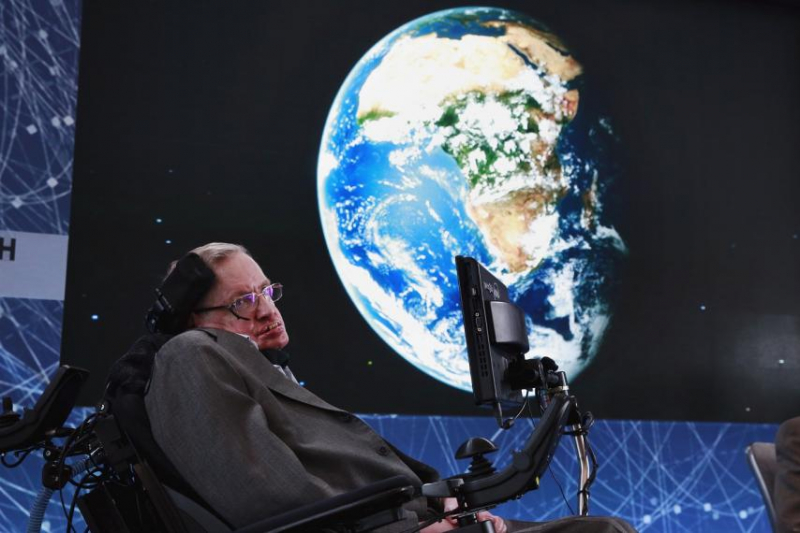
Photo: carbonliteracy.com 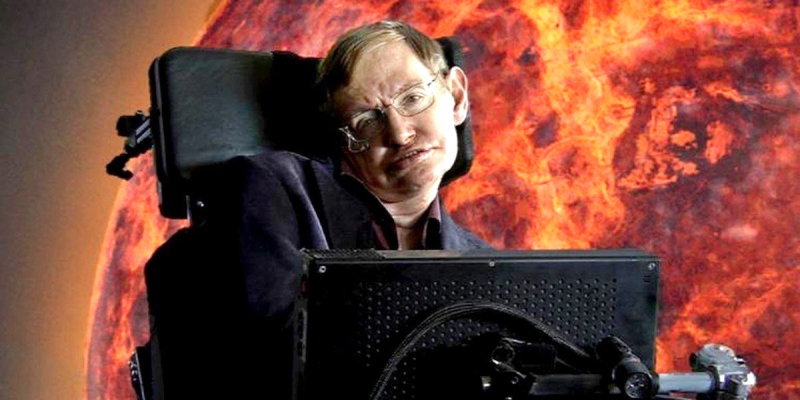
Photo: www.ecowatch.com -
In his early adult years, Hawking received the dreaded diagnosis of a rare type of amyotrophic lateral sclerosis (ALS). Although his longevity was remarkably extended and his motor function degradation was slower than most other cases, his body eventually turned nearly completely unusable. Despite his condition getting worse, he was able to work on his studies for many years because of the best medical treatment and technology available. The adoption of a speech-generating gadget and sophisticated movement trackers allowed him to continue speaking in public even though he was unable to speak or move his limbs.
He was also a vocal supporter of the UK's National Health Service and stem-cell research, in part because of his own experiences. Such a well-known voice's steadfast support is tremendously beneficial for such causes. Motor neuron disorders have undoubtedly gained attention thanks to Prof. Hawking. Being visible, frequently at a time when disabled voices were absent from popular culture, was one of his major contributions to people with disabilities in general. He appeared on The Simpsons, Star Trek, and The Big Bang Theory for small-screen audiences.
Hawking's accomplishments serve as an example for us all and a sobering reminder of what one can accomplish despite the extreme difficulty. People with disabilities not only deserve our respect and sympathy, but we also need to be careful not to limit anyone with preconceived beliefs about what they are capable of.

Photo: theguardian.com Video: BBC Newsnight -
Hawking's efforts to comprehend the ramifications of the incredibly dense black hole centers are a significant part of his legacy. It is predicted that a gravitational singularity, or point of infinite density, can be found inside one.
Hawking's work, along with that of Roger Penrose, has influenced how we think about black holes and even the origins of the Big Bang. The widespread belief that all the matter in our universe can be condensed into one point is in part due to Hawking's vast work, despite the fact that the genesis of our universe is still hotly contested and the quantum specifics are fairly complex.
The Hawking Singularity Theorem extended to this by suggesting that when matter is forcibly compressed to a point, the laws governing matter can disintegrate, leading to a space-like singularity. Hawking argued that the Big Bang was a point of infinite density and that this may be traced back in time to that event. This is also one of the major accomplishments of Stephen Hawking.
He discovered that black holes have entropy and, as a result, a finite temperature in the 1960s, which was followed by the singularity theorems. It was expected that black holes would produce thermal radiation, or what is now known as Hawking radiation.
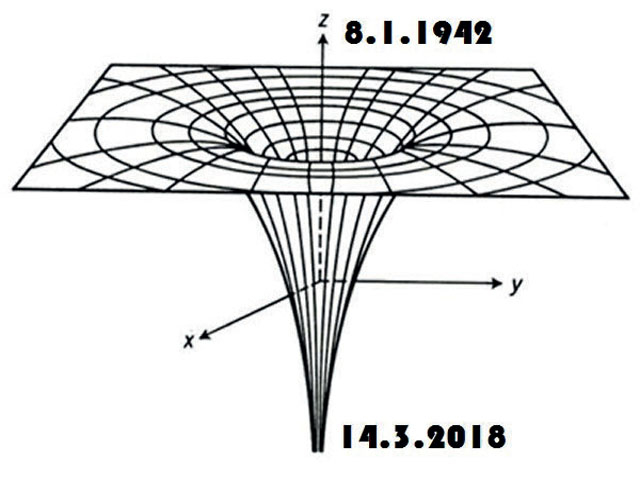
Photo: economictimes.indiatimes.com Video: Eternally Curious by Federico Pistono -
Few scientists in history have been able to connect with the general public as successfully as Hawking. He introduced generations of readers to cosmology and fundamental scientific ideas with his well-loved book A Brief History of Time.
The likes of Carl Sagan, Neil deGrasse Tyson, and Stephen Hawking can take real-world research and transform it into something that can enthrall both kids and adults. Before I first read Carl Sagan's Cosmos, I personally had hardly any understanding of the utter grandeur of the universe. With his writings, talks, and television appearances, Hawking accomplished something as impressive.
Beyond the wide-eyed enthusiasm for actual science, his studies and public outreach assisted in igniting the imaginations of numerous science fiction writers. Books that Stephen Hawking influenced in any manner, big or small, are piled high on our shelves. A new generation of scientists and authors will be inspired by those stories in turn.
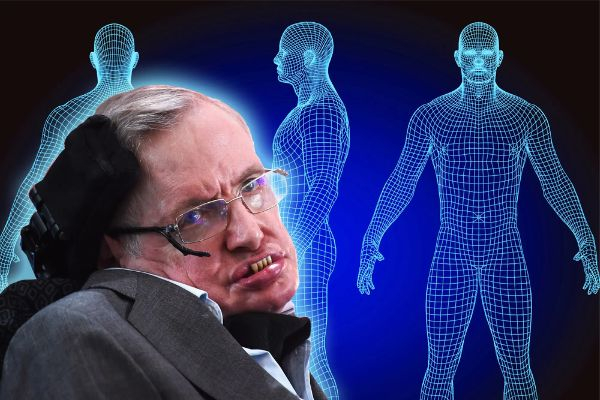
Photo: nypost.com Video: Newsy -
Stephen Hawking's black hole area theorem, which he first suggested in 1971, sparked a string of important discoveries about black hole mechanics and it is considered one of the major accomplishments of Stephen Hawking. The theorem states that no black hole in the universe should ever experience a decrease in the overall area of its event horizon. The assertion was a bizarre allegory to the second law of thermodynamics, which stipulates that an object's entropy, or level of disorder, should never diminish.
Since black holes were believed to never allow energy to leave or radiate, the resemblance between the two theories raised the intriguing possibility that they might act as thermal, heat-emitting phenomena. By demonstrating that black holes might have entropy and emit radiation over very long durations if their quantum effects were taken into consideration, Hawking eventually reconciled the two concepts in 1974. One of the most important discoveries about black holes was this phenomenon, known as Hawking radiation.
Black holes are thought to conform to four fundamental principles known as the four laws of black hole mechanics. Jacob Bekenstein, Brandon Carter, and James Bardeen found the laws, which are comparable to the laws of thermodynamics. Stephen Hawking made additional observations. Similar to the rules of thermodynamics, these laws are physical characteristics that black holes are thought to obey. His "Black Holes" essay won the coveted Gravity Research Foundation Award in January 1971.
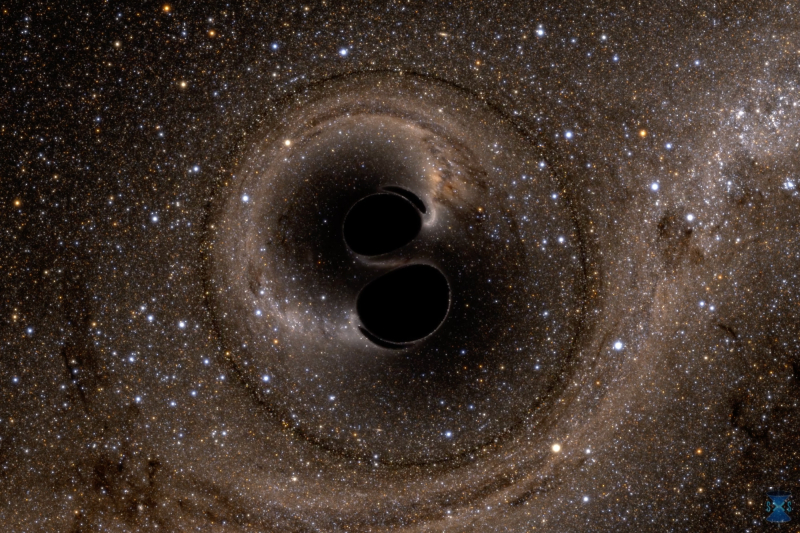
Photo: news.mit.edu 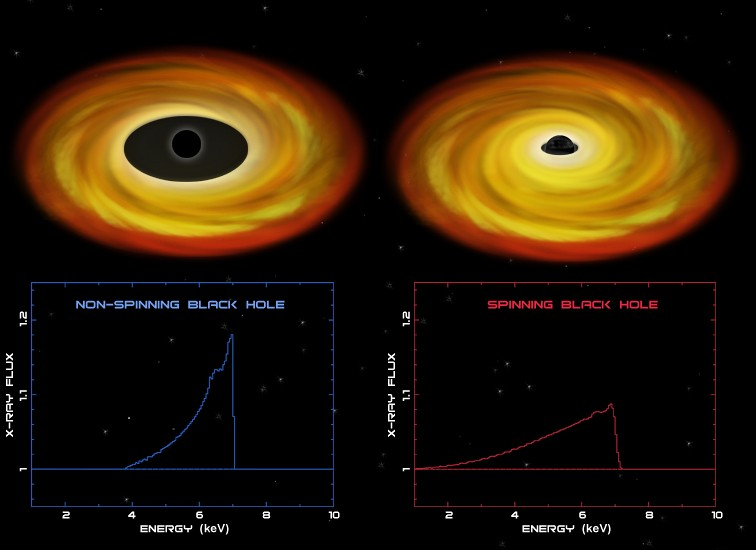
Photo: physicsoftheuniverse.com -
The Universe underwent exponential inflation following the Big Bang. The energy then changed into matter and radiation as it slowed down. However, certain space bubbles stopped expanding or slowed down on a stopping trajectory, according to the notion of eternal inflation, producing a small fractal dead-end of static space. Meanwhile, due to quantum phenomena, inflation continues unabated in other space-time bubbles, creating an endless number of multiverses.
According to this idea, the entire observable Universe is made up of only one of these bubbles, where inflation has ceased and star and galaxy formation is possible. According to "the conventional theory of everlasting inflation," which Hawking described, "our universe is like an infinite fractal, with a mosaic of distinct pocket worlds, separated by an expanding ocean."
Cosmic Inflation, a theory in physical cosmology first put forth by Alan Guth in 1980, contends that after the Big Bang, the cosmos first expanded exponentially before slowing down. Now, most people accept it. One of the pioneers in calculating the quantum fluctuations produced by Cosmic Inflation and demonstrating how they might be responsible for the distribution of galaxies in the universe was Stephen Hawking.
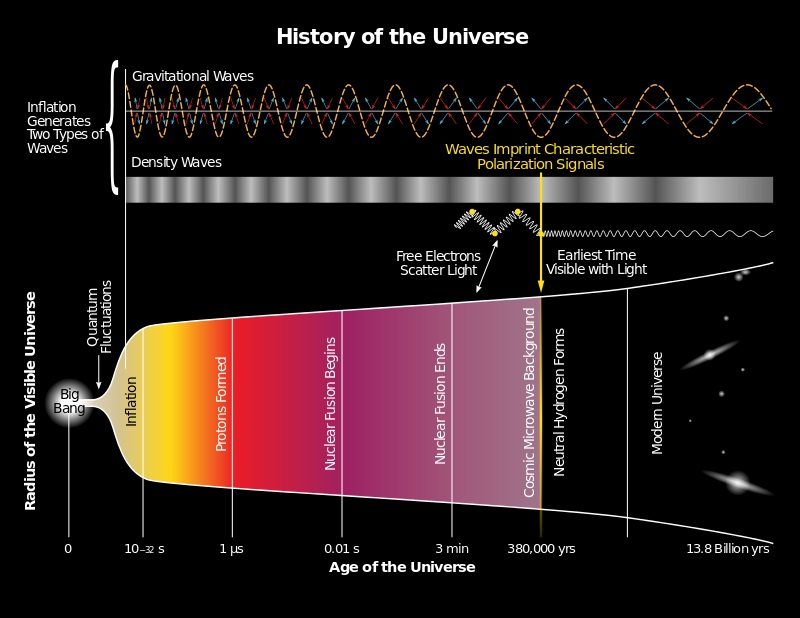
Photo: interestingengineering.com Video: PBS Space Time -
Top-down cosmology is a proposal to consider the various potential past histories of a given event to have genuine reality in theoretical physics. The concept of multiple histories has been applied to cosmology in a theoretical interpretation that holds that there are numerous conceivable cosmologies for the universe and that it is rational to extrapolate from the universe's present condition to a quantum superposition of potential cosmic histories. Stephen Hawking has claimed that a single cosmic history is prohibited by the laws of quantum mechanics and has put forth cosmological theories in which the absence of a past boundary condition inevitably results in numerous histories.
Thomas Hertog and Hawking claim that "The top-down strategy we have presented results in a fundamentally different understanding of cosmology and the causal relationship. In top-down cosmology, histories are effectively traced backward from a surface that resembles space at the present. Contrary to the widely held belief that the cosmos has a distinct, observer-independent history, the boundary histories of the universe thus rely on what is being observed."
Stephen Hawking and Thomas Hertog of CERN put up the "top-down cosmology" idea in 2006. It suggested that the cosmos contained a superposition of various potential initial circumstances rather than a single initial state that was unique. Therefore, a bottom-up model is impossible because we don't know what the universe's original conditions were. Since we are currently in the final state of the universe, this leaves only a top-down strategy as a possibility. Due to its compatibility with the well-known string theory, the theory gained popularity.

Photo: physicsworld.com 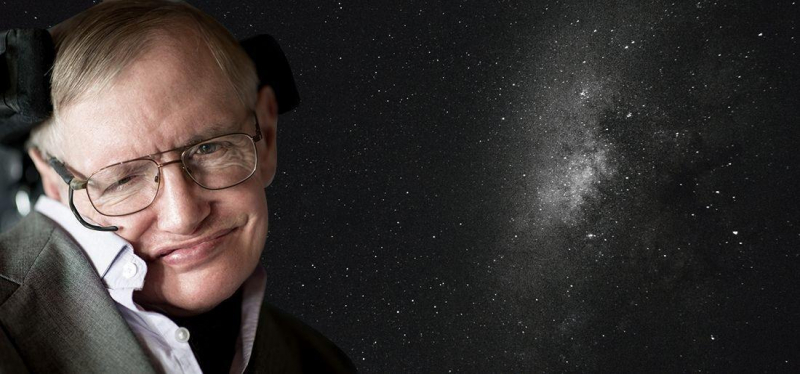
Photo: www.indiatimes.com -
Hawking's book "A Brief History of Time" was released in 1988. He covers a variety of cosmological topics in it, such as the big bang, black holes, and light cones. The book was written in plain English to enable the common reader to understand his concepts.
"A Brief History of Time", one of the major accomplishments of Stephen Hawking, defied all those assumptions after several years and numerous revisions. The initial print run was quickly consumed in the United States, and soon the 200+ page description of the creation and ultimate destiny of the cosmos was flying off the shelves everywhere. It had a record-breaking 237 weeks on the Times of London bestseller list and 147 weeks on the New York Times bestseller list. More than 25 million copies of the bestseller were sold.
Hawking discusses the structure, origin, development, and ultimate fate of the Universe—a topic of study for astronomy and modern physics—in "A Brief History of Time" in straightforward words. He discusses fundamental ideas like space and time, the fundamental elements of the universe (such quarks), and the fundamental forces that control it (such as gravity). He discusses cosmic events like the Big Bang and black holes in his writings. He talks about the two main theories that modern scientists employ to explain the universe: general relativity and quantum mechanics. The search for a unifying theory that coherently describes everything in the Universe is the subject of his final discussion.
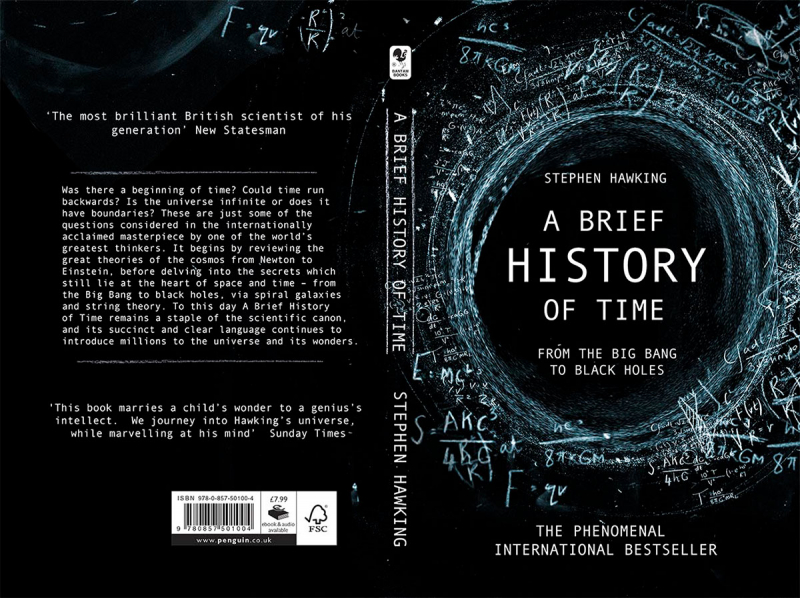
Photo: Behance Video: Aural Audiobook












